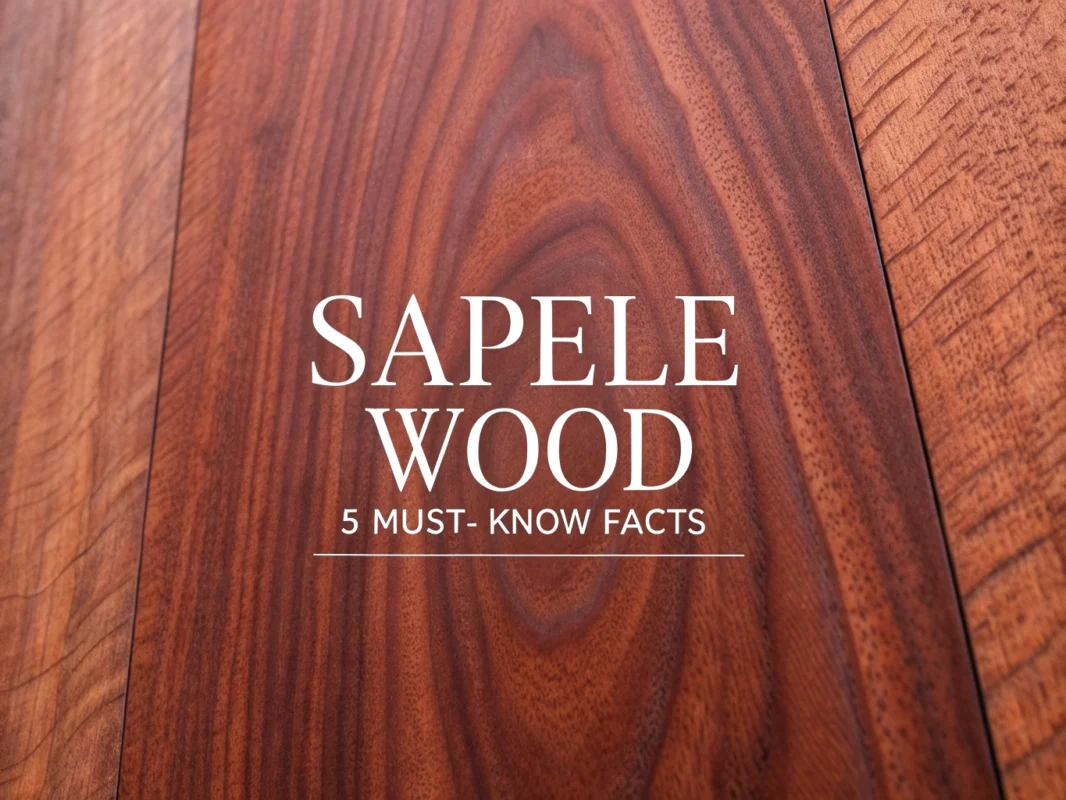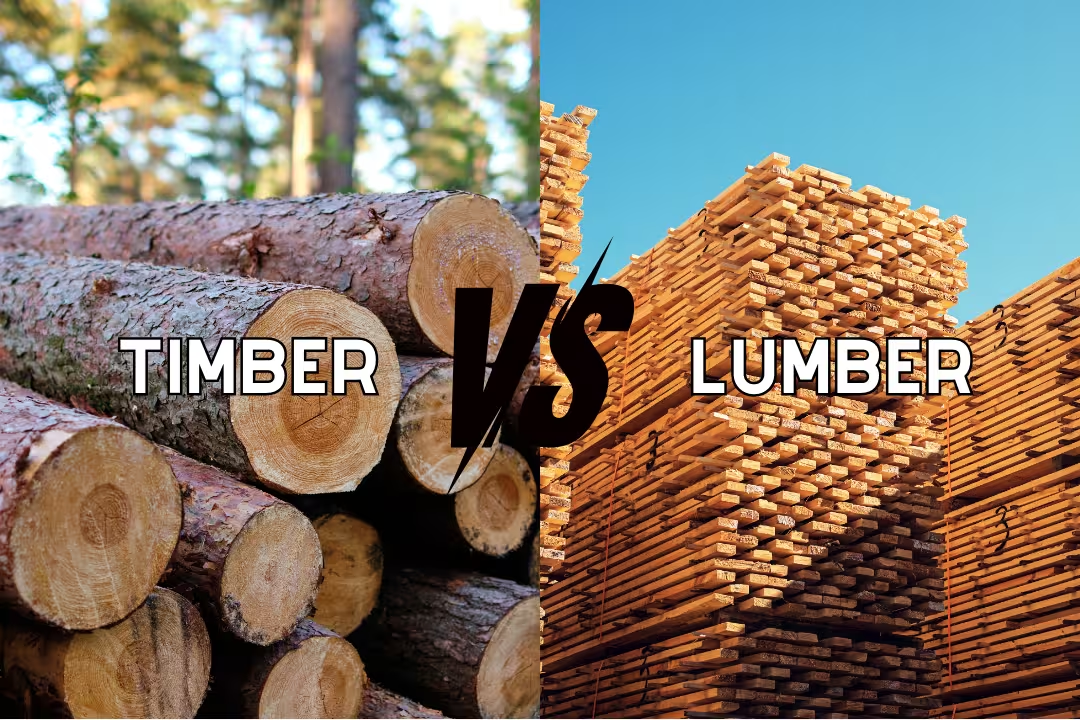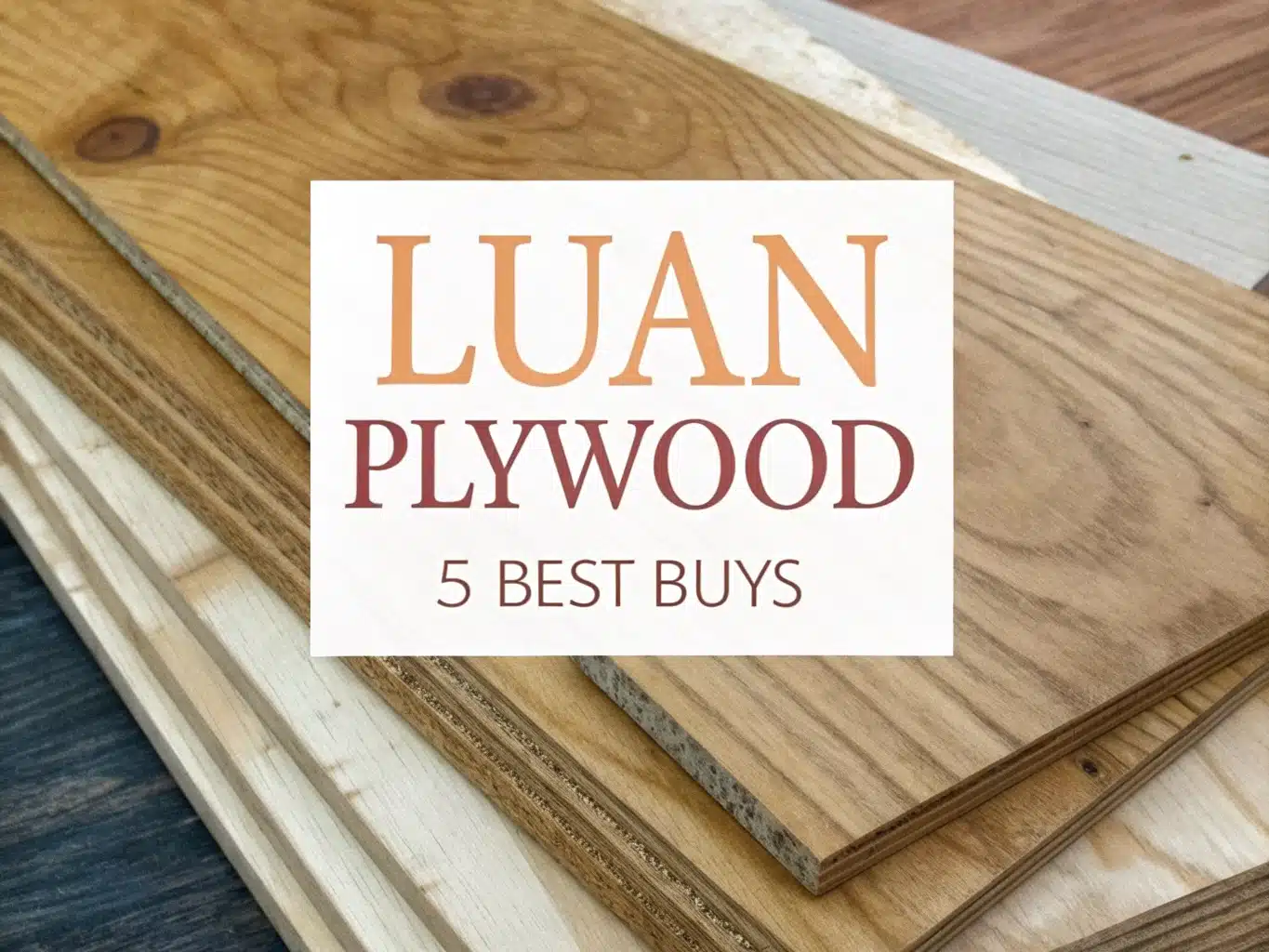
Luan Plywood: 5 Best Buys You Need to Know

Ever wondered why Luan plywood has become a go-to choice for many home projects? Known for its lightweight and smooth finish, it’s no surprise that this material has found its way into flooring, furniture, and crafts. Let’s explore the right picks for your next project!
Table of Contents
Luan plywood stands out as one of the most budget-friendly and versatile thin plywood options available for indoor projects in 2025. This lightweight panel material, also known as Philippine Mahogany, offers exceptional value for flooring underlayment, cabinet construction, and decorative applications where structural strength isn’t required.
What Is Luan Plywood? The Basics
Definition and Origin
Luan plywood is a lightweight, thin plywood panel that’s also known as Philippine Mahogany. This material originated from Southeast Asia, particularly the Philippines, and gained widespread adoption in global construction during the mid-20th century. The wood comes from tropical hardwood trees and shares characteristics with mahogany wood, though it’s considerably lighter and more affordable.
The material’s popularity stems from its smooth surface texture and ease of handling. Unlike heavier plywood varieties, luan can be easily maneuvered by a single person, making it ideal for DIY projects and professional installations alike.
Key Specifications
Standard luan plywood comes in specific dimensions that make it suitable for various applications:
- Typical thickness: 1/8″ (3mm) to 1/4″ (6mm)
- Standard panel sizes: 4×8 feet
- Main characteristics: Affordability, ease of handling, smooth surface
- Weight: Significantly lighter than traditional plywood
- Core construction: Multiple thin layers bonded together
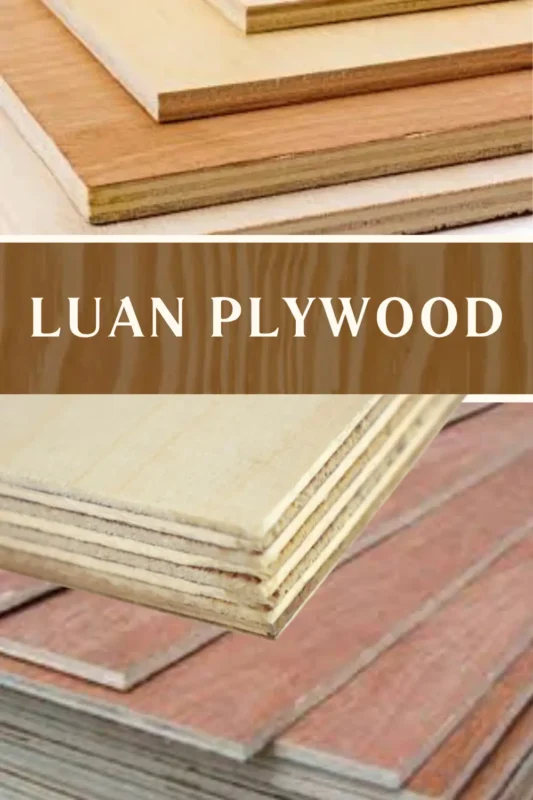
Properties and Applications: Why Choose Luan Plywood?
Physical Properties
Luan plywood’s lightweight construction makes it exceptionally easy to handle during installation. The material weighs significantly less than traditional plywood options, reducing fatigue during extended work sessions. Its smooth surface provides an ideal foundation for finishing materials like paint, stain, or veneer applications.
The material’s non-structural design means it shouldn’t be used for load-bearing applications. This limitation actually works in its favor for specific uses where weight reduction is more important than structural capacity.
Common Applications
Luan plywood excels in several specific applications where its unique properties provide distinct advantages:
- Flooring underlayment for vinyl, laminate, and tile installations
- Cabinet backs and drawer bottoms in furniture construction
- Wall panels for interior decorative projects
- Craft projects and model building applications
- RV builds and lightweight furniture construction
Professional contractors often choose luan for projects where weight reduction is critical. The material provides adequate support for non-structural applications while keeping overall project weight to a minimum.
Pros and Cons: Complete Assessment
Advantages
Luan plywood offers several compelling benefits that make it an attractive choice for specific projects. The material’s lightweight nature allows for easy installation, even in overhead applications like ceiling panels. Installation typically requires fewer people and less equipment compared to heavier alternatives.
The economical price point makes luan plywood accessible for budget-conscious projects without sacrificing quality for intended applications. Its versatility spans multiple indoor projects, from professional construction to hobby crafting.
The smooth, even surface accepts finishes beautifully, creating professional-looking results. This characteristic makes it particularly valuable for visible applications where appearance matters.
Limitations
Several important limitations must be considered before selecting luan plywood. The material is not waterproof and shouldn’t be used in exterior applications or high-moisture environments. Bathroom and outdoor projects require more moisture-resistant alternatives like marine plywood.
The non-structural capacity means luan can’t replace construction-grade plywood for load-bearing applications. The material is also prone to dents and damage due to its softer core materials, requiring careful handling during transport and installation.
Top 5 Luan Plywood Manufacturers for 2025
Premium Quality Brands
Selecting the right manufacturer can significantly impact your project’s success. These top-tier brands consistently deliver quality luan plywood products:
Weyerhaeuser leads the industry with exceptional quality control and sustainable forestry practices. Their luan products meet strict manufacturing standards and offer consistent thickness throughout each panel.
Century Ply focuses on innovation and eco-friendly production methods. Their luan plywood features enhanced bonding agents that improve durability and reduce delamination risks.
Greenply emphasizes sustainability while providing enhanced moisture resistance compared to standard luan options. Their products often include termite-resistant treatments for added protection.
National Plywood Industries offers competitive pricing without compromising export-quality standards. Their luan plywood provides excellent value for large-scale projects.
Garnica specializes in decorative applications with EPD-certified environmental credentials. Their luan products excel in projects where appearance and environmental responsibility matter.
Luan Plywood vs. Alternatives: Comparison Guide
Weight and Handling
Comparing luan plywood to alternatives reveals distinct differences in handling characteristics. Birch plywood offers superior strength but weighs considerably more, making installation more challenging. Oak plywood provides premium appearance and durability but requires additional labor due to its weight.
Materials like okoume wood and balsa wood offer different weight-to-strength ratios, but luan provides the best balance of affordability and workability for most applications.
Performance Factors
| Material | Weight | Moisture Resistance | Cost | Best Use |
|---|---|---|---|---|
| Luan Plywood | Very Light | Low | Low | Underlayment, Interior |
| Birch Plywood | Medium | Moderate | Higher | Furniture, Cabinets |
| Oak Plywood | Heavy | Moderate | Higher | Premium Furniture |
| Marine-Grade | Heavy | Excellent | Highest | Exterior, Wet Areas |
This comparison shows that luan plywood excels in specific applications where weight and cost are primary concerns. For projects requiring enhanced moisture resistance, meranti wood alternatives might be more suitable.
Best Uses and Project Ideas
Primary Applications
Luan plywood performs exceptionally well in flooring underlayment applications. The material creates a smooth, level surface that prevents imperfections from telegraphing through finish flooring materials. Professional installers prefer luan for its consistent thickness and easy cutting characteristics.
Interior wall paneling represents another ideal application. The smooth surface accepts paint, wallpaper, or decorative treatments beautifully. Cabinet makers frequently use luan for backs and drawer bottoms where weight reduction improves functionality.
Creative Projects
Craft enthusiasts appreciate luan plywood’s workability and affordability for hobby projects. The material cuts cleanly with standard woodworking tools and accepts various finishing materials. Dollhouse construction benefits from luan’s lightweight nature and smooth surface.
Model builders often choose luan for structural components where weight reduction is critical. The material’s consistent thickness and minimal warping make it ideal for precision applications.
Expert Buying Guide: Selecting the Right Luan Plywood
Quality Factors
Selecting quality luan plywood requires attention to several key factors. Thickness consistency throughout the panel affects installation ease and final appearance. Check for uniform thickness by measuring multiple points across each sheet.
Grade considerations impact both appearance and performance. Higher grades feature fewer surface defects and more consistent coloring. Brand reputation often correlates with quality control standards and customer support availability.
Surface finish evaluation should include checking for smoothness, defects, and bonding quality. Well-manufactured luan plywood exhibits tight bonding between layers without visible gaps or delamination.
Installation Best Practices
Proper handling techniques prevent damage during transport and installation. Store luan plywood flat and support it adequately to prevent sagging. Acclimate the material to installation environment temperature and humidity before use.
Indoor application guidelines recommend using appropriate fasteners and spacing for specific applications. Avoid over-driving screws or nails, which can cause surface damage. Pre-drilling near edges prevents splitting and ensures clean installations.
Recommended Resources for Your Luan Plywood Projects
Planning successful luan plywood projects requires access to quality resources and strategic thinking. These carefully selected guides can help you maximize your investment potential and achieve professional results.
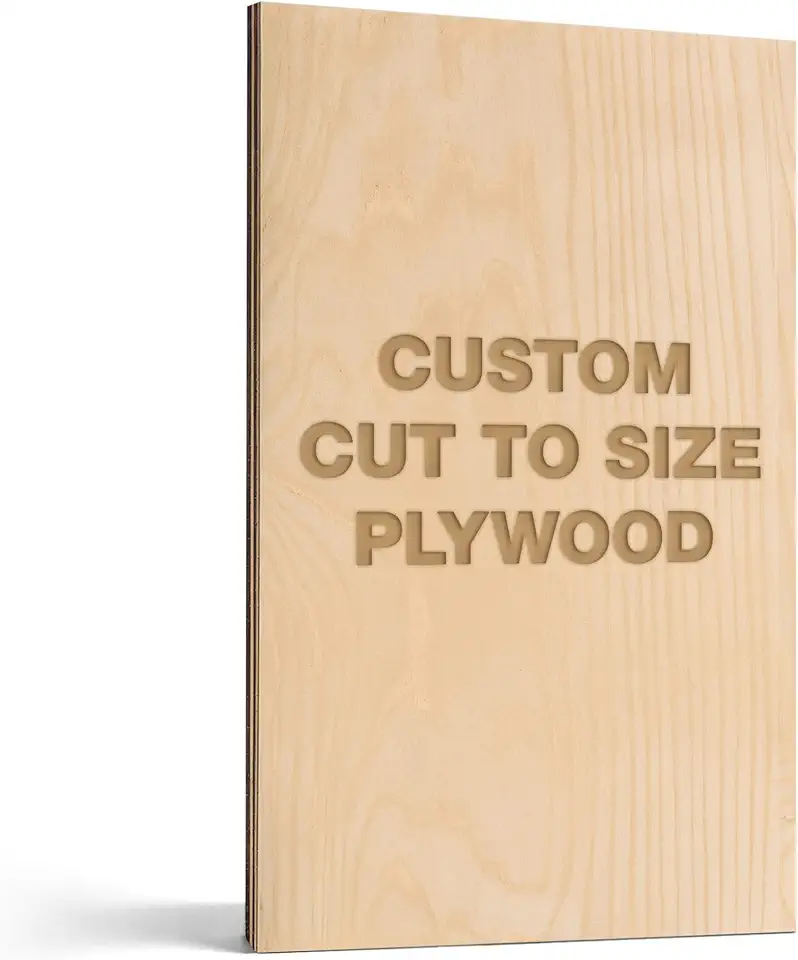
Craft with Baltic Birch Plywood
- Perfect for custom cutting and crafting
- Stronger than typical craft wood options
- Ideal for laser and CNC projects
- Suitable for wood burning techniques
- High-quality B/BB grade veneer

Basswood Craft Sheets Set of 12
- Natural finish for versatile use
- Perfect for hobbyists and model makers
- Easy to work with for wood burning projects
- Ideal for laser engravings
- Lightweight yet durable for crafts

LINSHRY Basswood Thin Sheets
- Great for architectural models
- Perfect size for creative DIY projects
- Easy to engrave and paint
- Thin yet sturdy plywood
- Suitable for school craft initiatives
Additional Considerations
Local lumber store sourcing often provides the best combination of price, quality inspection opportunity, and delivery options. Many stores allow customers to hand-select panels, which can improve project outcomes significantly.
Project planning resources help contractors and DIY enthusiasts optimize material usage and minimize waste. Business strategy guides benefit contractors looking to expand their services or improve project profitability through better material selection and installation techniques.
FAQs
What Are The Common Uses Of Luan Plywood?
Luan plywood is commonly used in the manufacturing of cabinet backs, paneling, and as an underlayment for flooring. Its lightweight and flexible nature also make it ideal for creating curved surfaces and can be found in some furniture pieces and crafts.
How Does Luan Plywood Compare To Regular Plywood?
Luan plywood is generally thinner and lighter than regular plywood, which tends to be more robust and available in thicker dimensions. Regular plywood is usually made from stronger woods, making it more suitable for heavy-duty projects, while luan is cost-effective for lighter tasks.
Can Luan Plywood Be Used For Flooring?
Luan plywood can be used as an underlayment for vinyl and laminate flooring, providing a smooth and even surface. However, it is not recommended for use as the main flooring material because it lacks the strength and durability required for high-traffic areas.
Is Luan Plywood Suitable For Outdoor Projects?
Luan plywood is not ideal for outdoor projects as it is susceptible to moisture and weather damage. If used outdoors, it requires sealing and proper finishing, but even then, it may not last as long as exterior-grade plywood designed for outdoor use.
How To Properly Finish And Paint Luan Plywood?
To properly finish and paint luan plywood, start by sanding the surface to remove any imperfections. Apply a primer suitable for wood to enhance paint adhesion. Once the primer is dry, paint the plywood with your choice of paint. For added protection, apply a clear sealant or topcoat.

